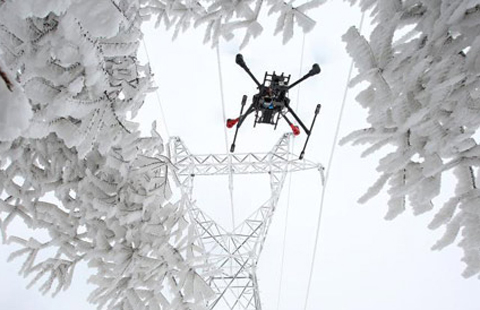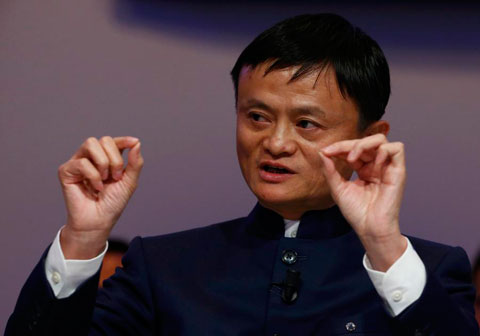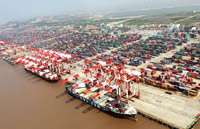China's richest man: 'New Energy King' Li Hejun
By WANG ZHUOQIONG (chinadaily.com.cn) Updated: 2015-02-03 14:03Hanergy will cooperate with five vehicle designers-three foreign and two domestic-to develop three to five models of vehicles. Each will have a thin-film solar battery measuring 6 square meters that will power a vehicle for 80 to 100 kilometers after a four-hour charging period.
During a news conference last month, Li said that thin-film solar technology had reached a conversion efficiency of more than 20 percent, which was competitive with traditional solar photovoltaic panels.
China's alternative-fuel and electric vehicle industries have expanded rapidly in recent years.
According to the China Machinery Industry Federation, 78,499 alternative-fuel vehicles were produced last year, three and one-half times the output of 2013. Of the total, 48,605 were electric cars, up 240 percent.
Deputy Minister of Industry and Information Technology Su Bo told an industry conference last week that China's machinery manufacturing sector has "great opportunities" in several strategic industries, including alternative-fuel vehicles.
The fast-growing vehicle sector has become a major revenue driver for the machinery industry, providing as much 32 percent of sales for companies, figures from the federation show.
Governments at various levels, grappling with serious air pollution, have widely supported the electric vehicle sector.
But the number of recharging poles for EVs is still relatively small. Hanergy believes that putting mobile solar thin-film equipment in vehicles will solve the charging problem and drivers will no longer need to pay for electricity or gas.
The company estimated that by 2020, the number of EVs on the roads worldwide will reach 5 million to 10 million. At present, there are more than 400,000 EVs worldwide.
Some industry sources have commented that the company's current strategy of gaining technology through acquiring foreign companies is not sustainable.
In August, Hanergy acquired Alta Devices Inc, a California-based developer of high-efficiency thin-film solar cells, following three other acquisitions in the previous two years.
Hanergy, which was founded as a hydropower company, has more than 6 gigawatts of installed hydropower generation capacity, 131 megawatts of wind power generation capacity and total thin-film solar generation capacity of 3 gW, according to its official website.
- Chongqing unveils huge shale investment
- Chinese banks likely to have say in setting gold price
- Chinese company launches innovation contest to tech companies in Israel
- Agricultural policy bank's profits surge
- China's online population hits 649m
- Sow today, reap tomorrow - the future of China's agriculture
- Chinese stocks rebound from five-day losing streak
- Chinese monetary policy likely to take wait-and-see mode: UBS
















